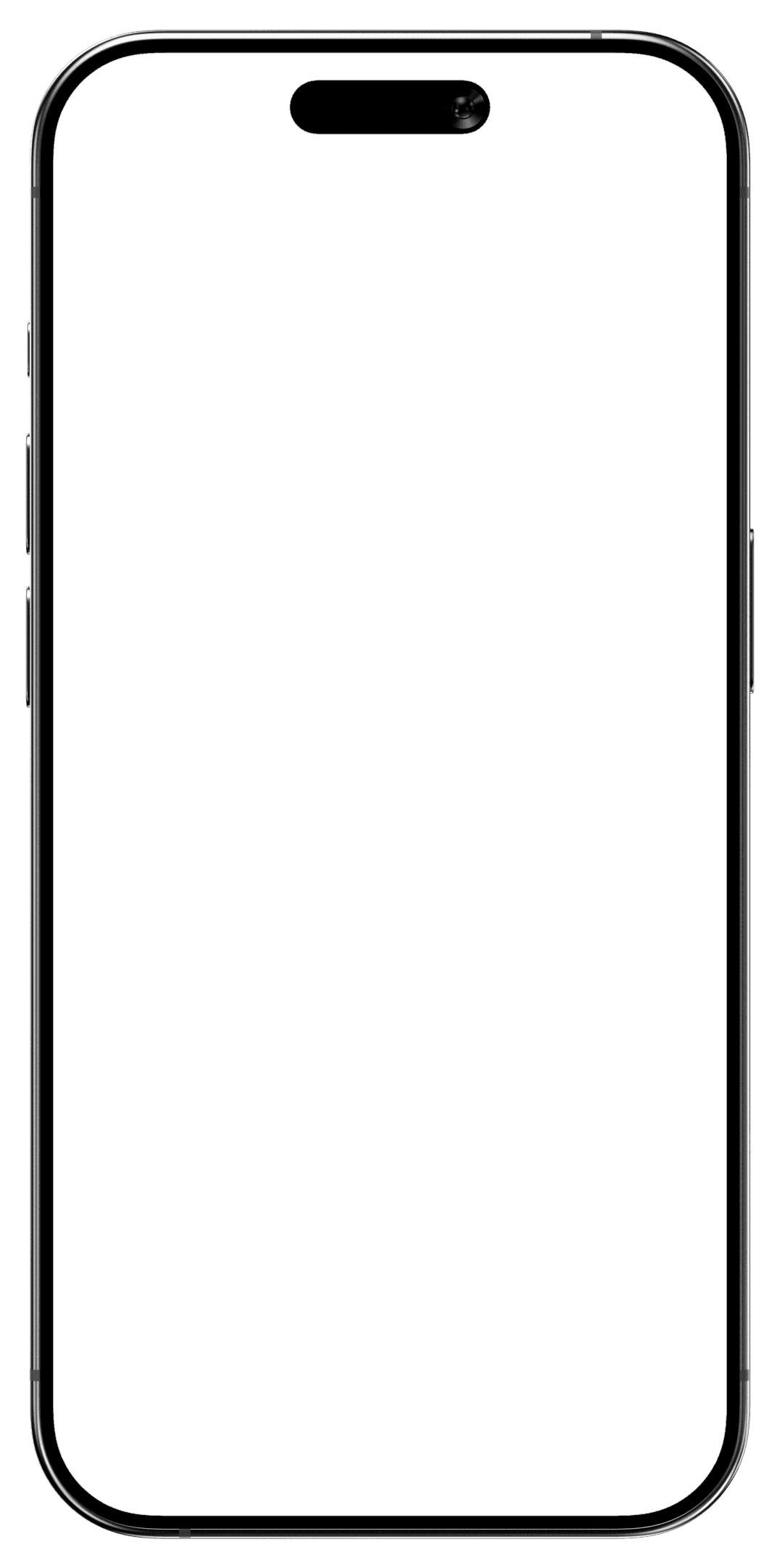Improving Patient-Caregiver Communication for Healthcare Management
Project Type
Healthcare, UX Research, Visual Design
My Role
UX Researcher, Visual Designer
Project Timeline
4 Month
Client
ERbuddy, Inc.
Software Used
Figma, Adobe Premier, Excel, Miro, Figjam
ER Buddy
Improving communication between patients and caregivers.
Born in New York City, ERbuddy set out to transform how patients and caregivers communicate. Recognizing the challenges faced by elderly patients and their families in managing care and staying informed, the app was designed with real people in mind: those who need clarity, connection, and support.
This vision led to a collaboration with Pratt Institute’s Center for Digital Experience, where we worked together to create a tool that makes healthcare communication more seamless and empowering.
Our Team
Design Goals
With the rescoped direction in mind, we came up with our main design goals for the course of the project.
Final Designs
The final designs show an easy-to-use app that helps both caregivers and patients. It makes communication smoother and managing health less stressful, so everyone feels more supported and connected.
Bringing Ideas to Life
Design and Iteration Process





























